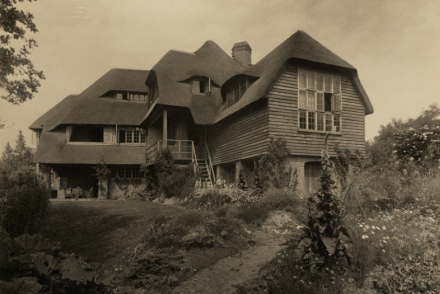The Photography collection of the Exhibition Council > The Photography collection of the Exhibition Council
The first architecture exhibitions were mounted in the Netherlands in the middle of the nineteenth century, when architecture was becoming much more of a true profession in its own right. The driving forces behind these exhibitions were the architecture association Maatschappij tot Bevordering der Bouwkunst (Society for the promotion of architecture) and the Genootschap Architectura et Amicitia (Society for architecture and friendship). Both had soon discovered the educational and public relations value of exhibitions. When major international expositions were held toward the end of the 19th century, the need arose for a centrally organized ‘representative Dutch deputation'.
The Exhibition Council for Architecture and related arts was therefore founded around 1920, with a view to mounting exhibitions ‘to promote the flowering of the arts'. Representatives of various associations in the field of architecture, crafts, ornamental, and industrial arts were members of the Council. Affiliated associations were not allowed to stage any exhibition without the authorization of the Council, which demanded full control of the exhibitions' esthetics.
In the years 1925-1935, the Exhibition Council compiled a collection of photographs that was to represent the work of the best Dutch architects. These were, among others, H.P. Berlage, K.P.C. de Bazel, W.H. Dudok, M. de Klerk, P. Kramer, W. Kromhout, J. Wils and H. Th. Wijdeveld. The photographs were meant to establish an ideal image by emphasizing artistic and esthetic architectural expression. The collection was included in countless exhibitions in the Netherlands and abroad, for instance in the World's Fair in Paris (1925) and in Brussels (1935).

